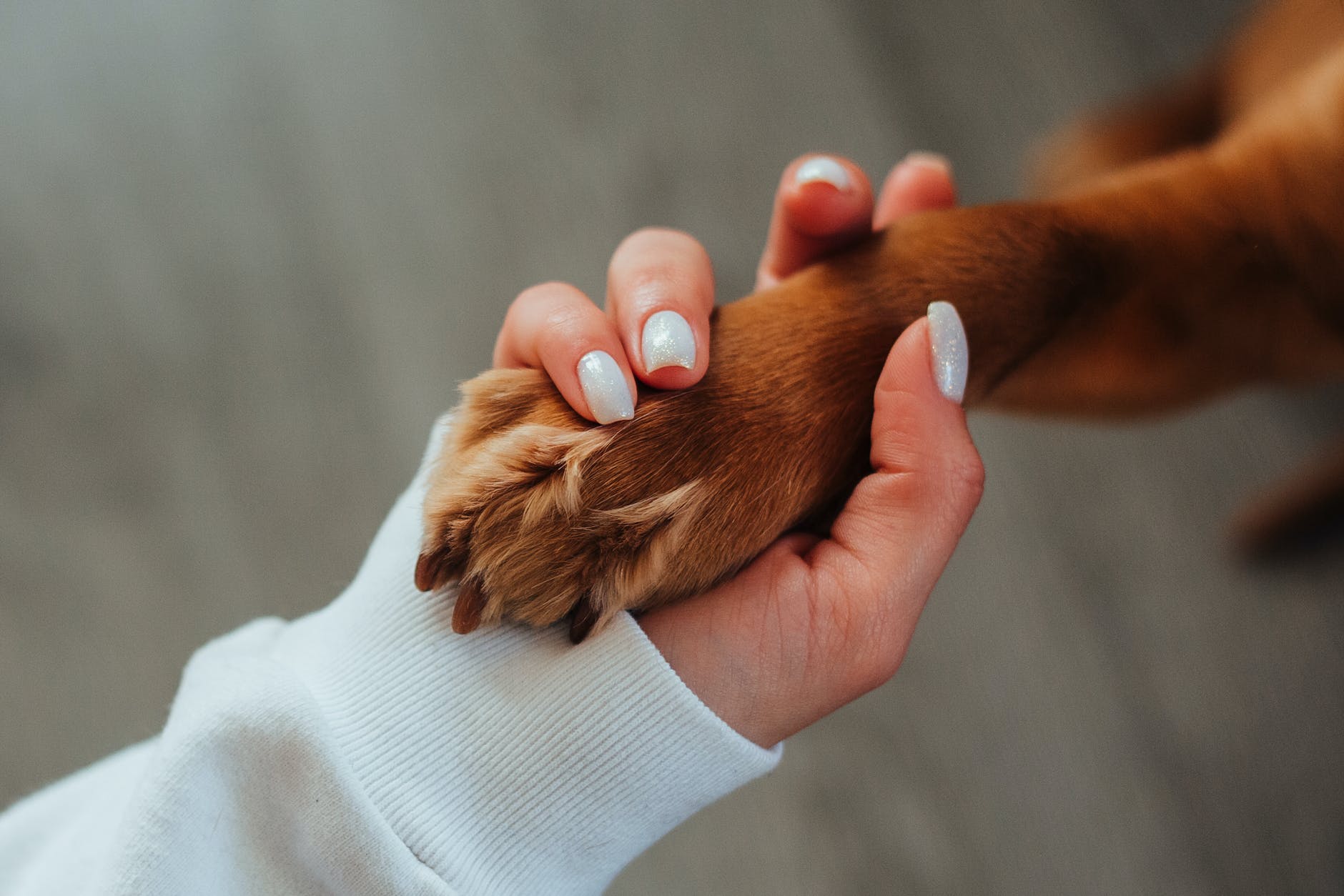
Simple Steps for Teaching Your Dog Paw Shaking Tricks
Want to form a strong friendship with your four-legged companion? Then you need to teach them the classic 'paw shake' trick! Even if you're not an expert in dog training,…[...]

Want to form a strong friendship with your four-legged companion? Then you need to teach them the classic 'paw shake' trick! Even if you're not an expert in dog training,…[...]
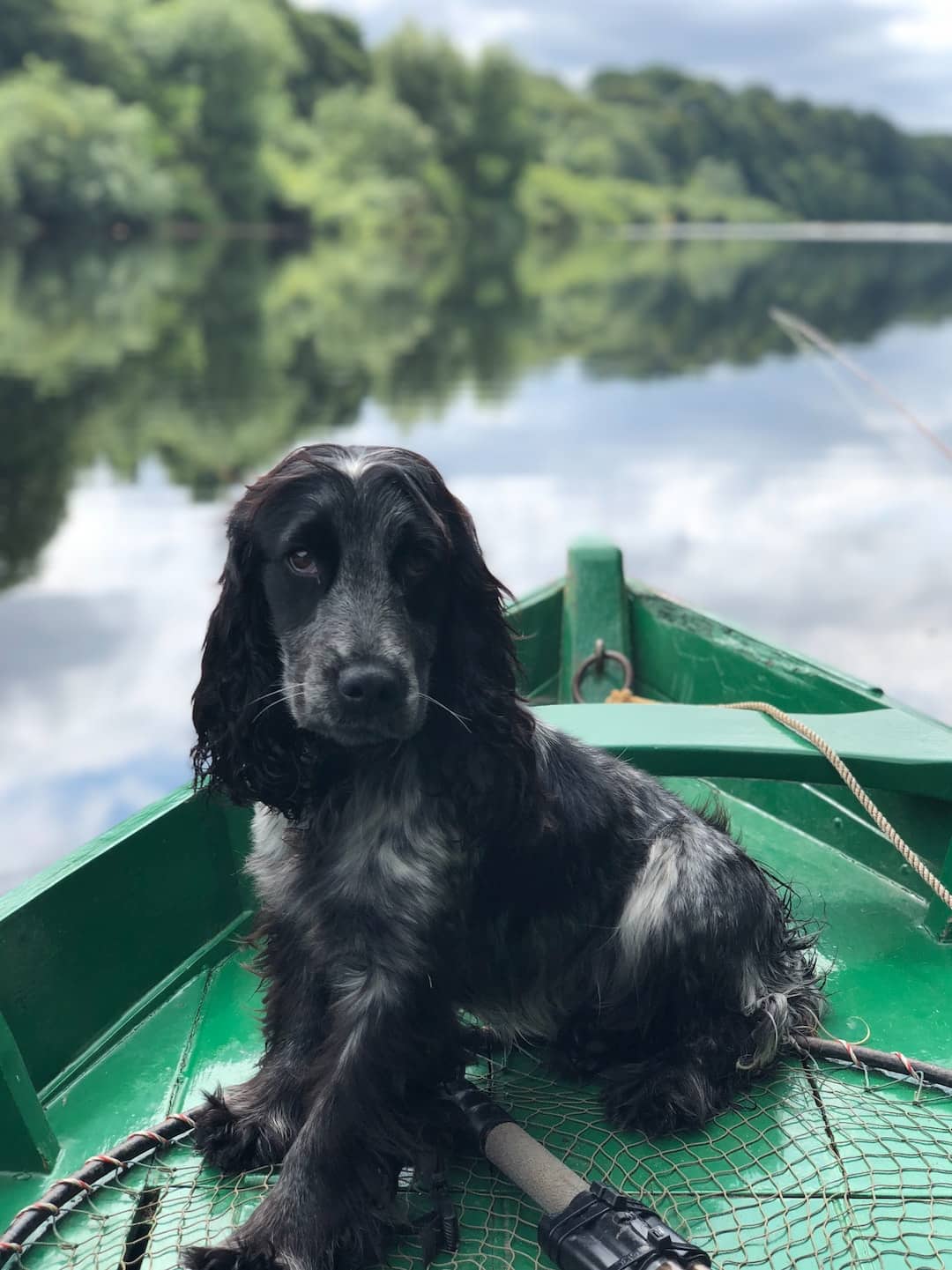
This post discusses the challenges of pet ownership, specifically urinary Incontinence in dogs. It explains that urinary Incontinence can cause discomfort for the dog and inconvenience for the owner. The…[...]

Potty Training: The Hilarious Adventure of Teaching Your Puppy Where to Leave Their Stinky Surprises Potty Training Puppies: Ah, potty training puppies! It's a rollercoaster ride filled with laughter, frustrations,…[...]
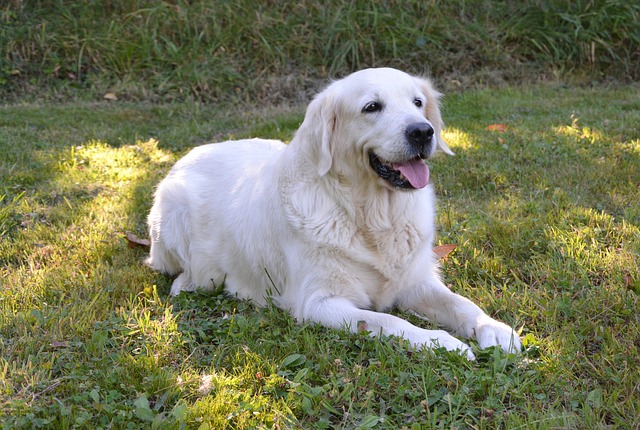
Complaining neighbors are no fun for you or your dog. It can be so frustrating to be a dog owner that has a loud barking dog for no reason. Are…[...]
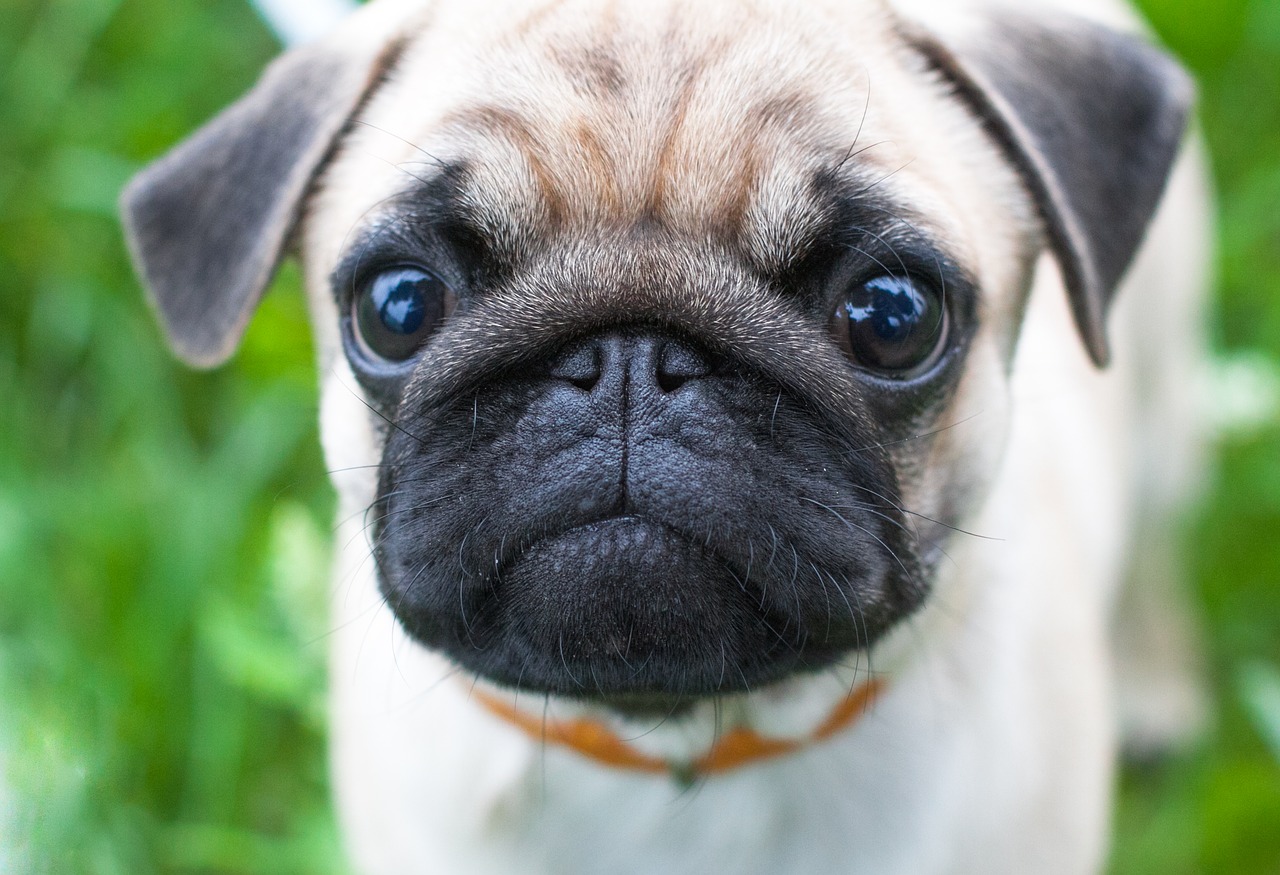
Mr. Cornelius's odd looks, which were the very quality that turned off other potential adopters, helped a couple fall in love with this Pug and open their home to him.…[...]
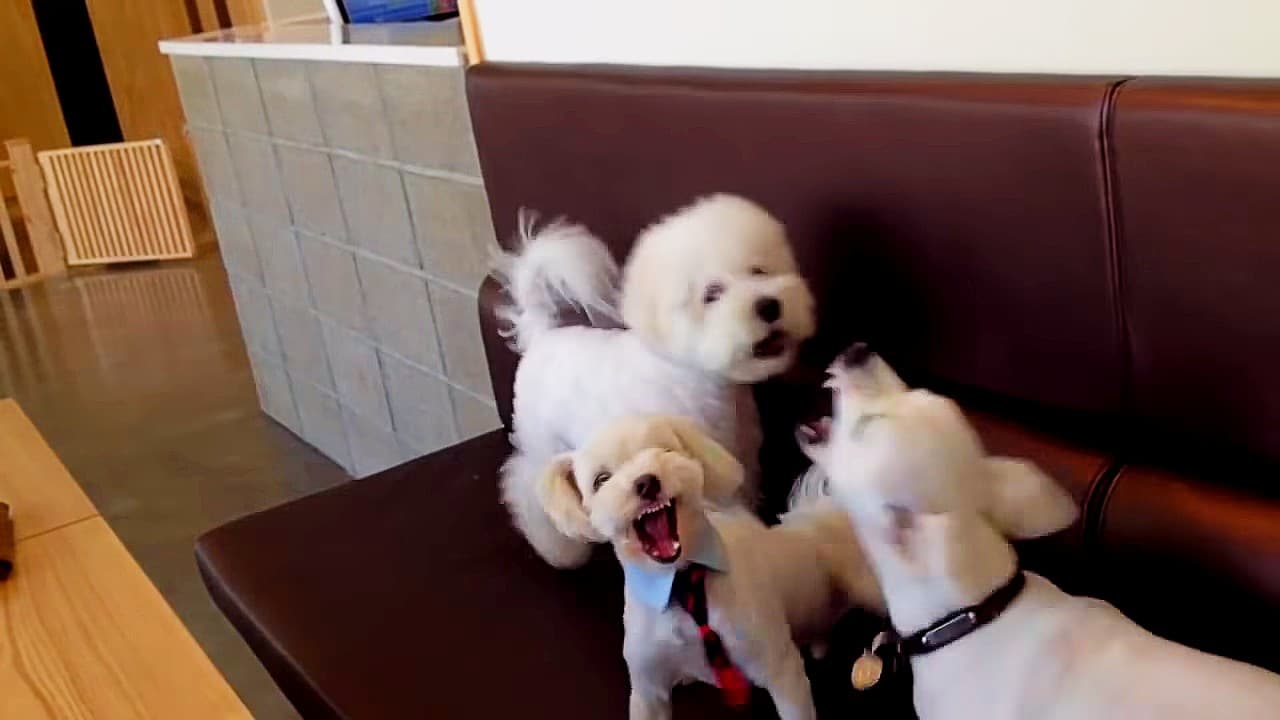
When you have multiple dogs in your family, there will be times that their rough-housing may turn into a scuffle. This is something normal that all dogs do. But for…[...]
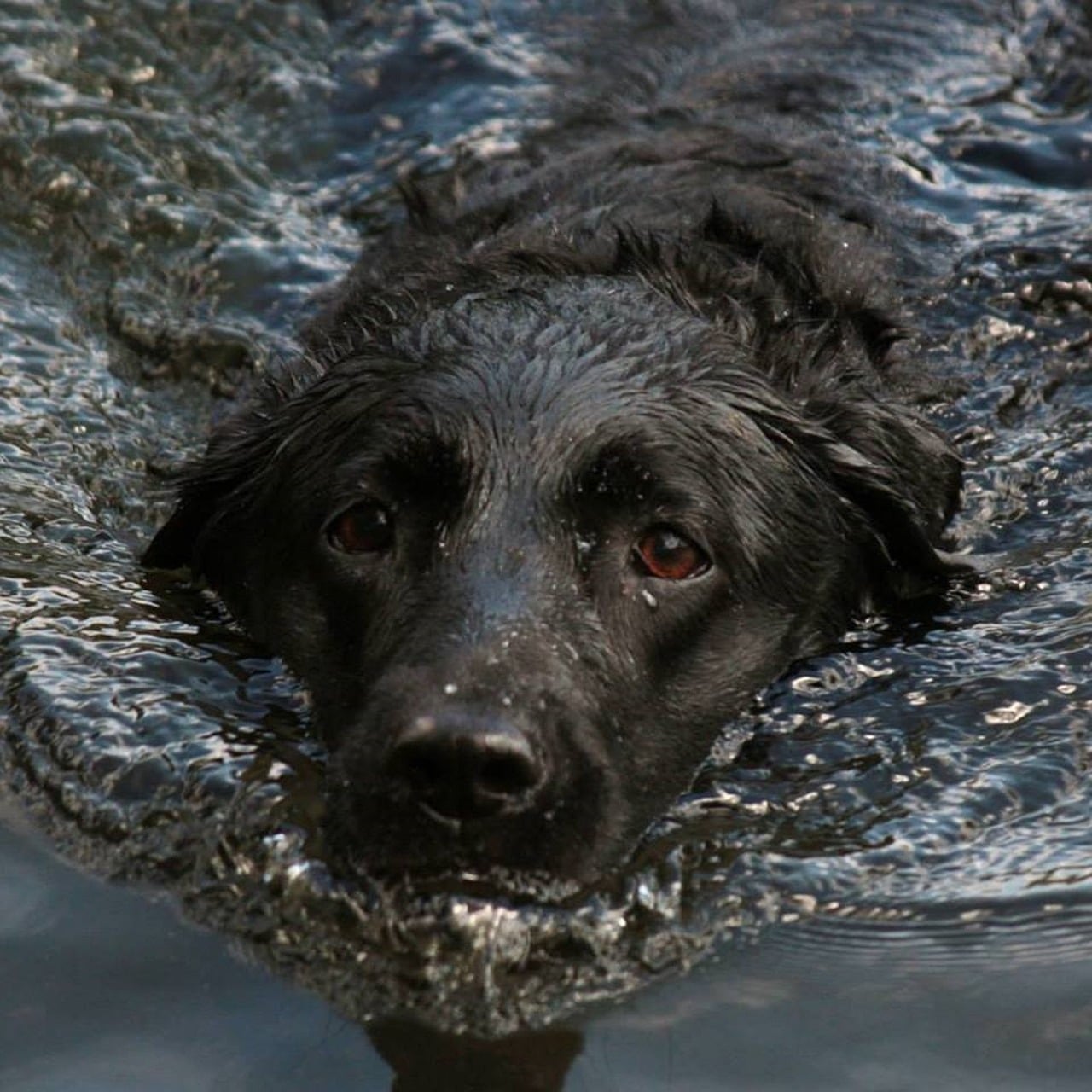
Traveling is an excellent time to relax and explore a new place. But if you're lucky, it might be a chance to save a life. Dave Foster was able to…[...]